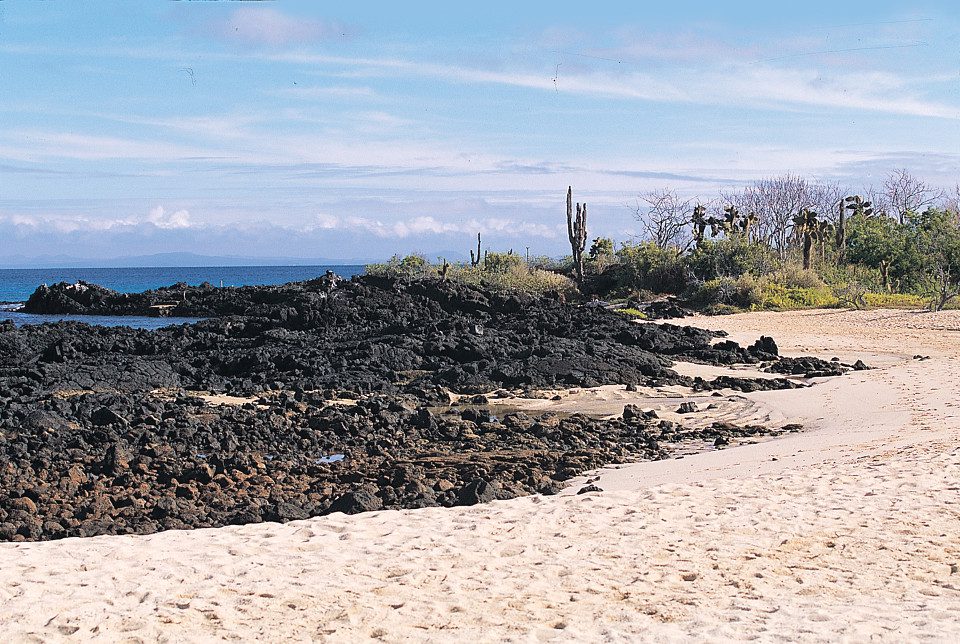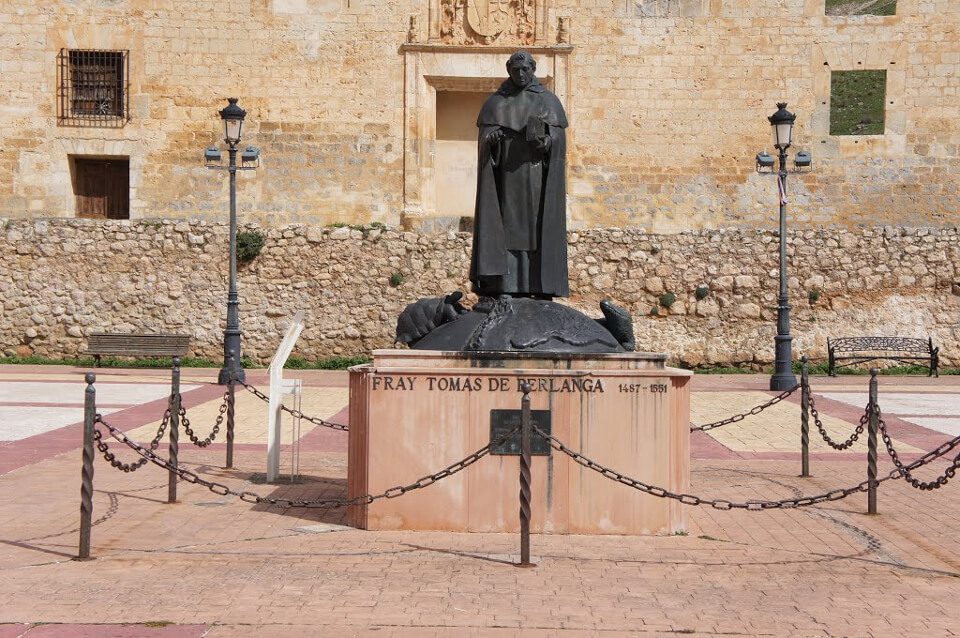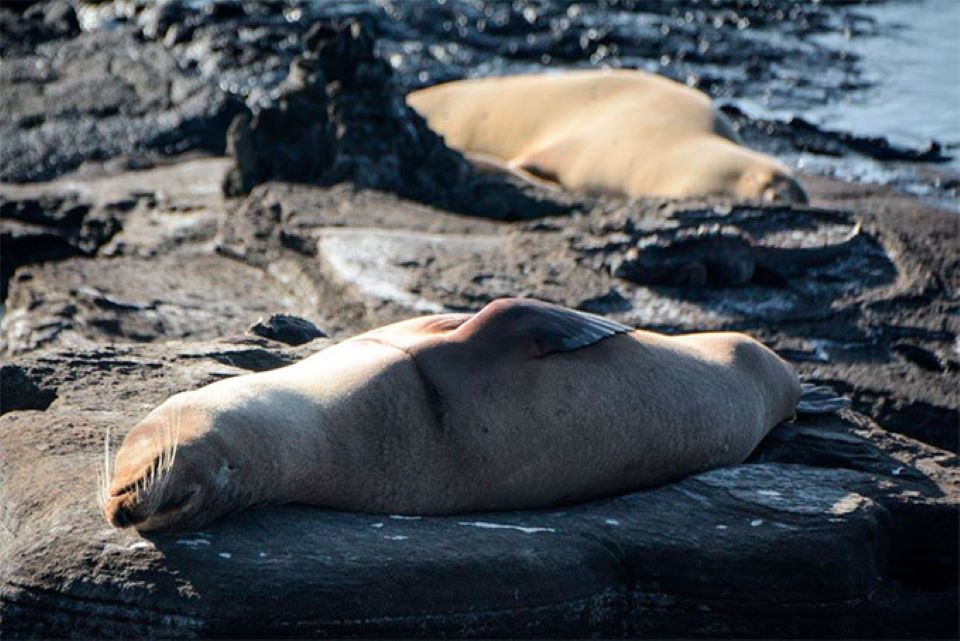The Galapagos Islands are located approximately 559 miles off the coast of Ecuador, delicately hugging the equator. They have been forming, erupting and evolving for millions and millions of years; however it is only recently that mankind began to form its story in the Galapagos. There are currently over 25,000 residents in the archipelago, a number that has grown exponentially in the 21st century. Indeed, they were only made famous in 1835 with the arrival of the HMS Beagle and its world-renowned passenger, Charles Darwin. Nevertheless, the islands have developed a rich and intriguing history through this relatively short period, almost as captivating as the natural history they are so well known for. The Galapagos Archipelago is a bucket-list destination among divers, nature-lovers, scientists and volunteers alike thanks to its rich geological and biological history; however, human history of the Galapagos is not one to miss out on.
TALK TO A DESTINATION EXPERT

Diego Zapata

Rosa Mena

Sandy Lara

Diego Zapata

Rosa Mena

Sandy Lara
Taken from Cruise Critic’s article ‘So Far from Mass Tourism’: How the Galapagos Islands Could Help Restart Cruises:
“One company has already quietly restarted its operations in the Galapagos. Ecuadorian-based Metropolitan Touring resumed its first post-shutdown operations aboard the 48-passenger La Pinta on August 2, 2020, and has committed to operating every sailing — even if only one passenger is onboard.”

History of the Galapagos – Discovery by Man
According to the history of the Galapagos, the archaeological evidence tells us that the archipelago was discovered in pre-colonial times, but the Bishop of Panama, Tomas de Berlanga, was the first known person to step foot on the Galapagos Islands in 1535 when he was blown off course while sailing to Peru. It was still some time after that the Galapagos appeared on a map (1570), in which Abraham Ortelius and Gerardus Mercator called the islands the Insulae de los Galopegos, or Islands of the Tortoises, and it took more than two centuries for the first permanent resident to find his way to the Galapagos. Patrick Watkins was marooned on Floreana Island in 1807; however, it seems like as many who visit modern-day Galapagos, he was quite taken by what he found. He chose to stay in the islands for several years, raising vegetables and even selling them to the crews of whaling ships.

The Beginning of the Island’s Exploitation
Following the arrival of Tomas de Berlanga, over the next three centuries pirates, buccaneers and whalers made their mark in the history of the Galapagos’ books. Located close enough to the continent to raid Spanish ships transporting valuables for the Spanish Empire, but far enough away to ensure a safe escape, the Galapagos proved to be the perfect place of refuge for pirates and buccaneers. It is because of the history of the Galapagos that locations such as Buccaneer Cove on Santiago Island can be visited by tourists today.

However, once whale fat was discovered to be an excellent source of fuel in the 19th century, whalers flocked to the islands, like the pirates, using the archipelago as a place of refuge while they scoured the ocean for their treasures. In addition to the islands’ location directly along the migration routes of sperm whales, the Galapagos archipelago was cherished for its relatively large reserves of fresh water (once you know where they are), sheltered anchorage sites, and the large supplies of fresh meat, making for an excelling resting spot after months on the open sea. Giant tortoises can survive for up to one year without fresh food or water, and the whalers were certain to take advantage of it. They captured the tortoises by the thousands to store them below deck as they made their long voyages back to New Bedford, Nantucket and other whaling ports (around the same time, tortoises were also taken by gold hunters on their way to California). Herman Melville, the author of Moby Dick, also visited the Galapagos Islands in the 1800s as a whaler, providing him inspiration for his world-renowned book.
Charles Darwin
However, the 19th century also brought the Galapagos Archipelago their most famous visitor, Charles Darwin. Darwin arrived to the Galapagos in September of 1835 aboard the HMS Beagle as it sailed around South America charting unknown territory. He was not allowed as much time as he would have liked to explore the Galapagos, but he was still able to take numerous geological and biological specimens while exploring Floreana, Santiago, San Cristobal and Isabela islands, upon which Charles Darwin later based his theory of evolution by natural selection, forming the framework of modern-day evolutionary thought.
Settling the Islands
When Charles Darwin arrived to the Galapagos Islands, in addition to the blue-footed boobies and marine iguanas, he was also welcomed by a small community that had been settled just a few years earlier in 1831 by General Jose de Villamil, who was also the town’s first governor. The new settlers worked the land, cultivating crops and raising animals such as pigs, goats and donkeys. The settlement did not last long and was deemed a failure in 1852, but even more unfortunately, the introduction of these domestic animals began some of the most severe invasions of foreign species that the islands had ever seen, devastating species such as the giant tortoise. Several attempts were made to colonize the islands following Villamil, which included fishing, canning and salt mining projects, and even a jail, but the majority of these were unsuccessful. The most successful communities were on San Cristobal Island, making it the most populous island until the 1960s, which is why the administrative capital of the archipelago, to this day, is Baquerizo Moreno. However, of all of these projects, one of the most successful was the horribly brutal prison system that was present in the Galapagos Islands for 125 years. The history of this prison is forever preserved in the Wall of Tears in Puerto Villamil.

Javier Garcia

Eduardo Silva

Carolina Escobar
START PLANNING YOUR TRIP

Javier Garcia

Eduardo Silva

Carolina Escobar
Get in touch for more
CONTACT US
The Galapagos Today
Today, the Galapagos Islands are home to multiple thriving communities that largely live off of tourism and fishing. However, these communities are careful to keep their lifestyles in line with the natural life that makes these islands so unique. The first wildlife sanctuaries were declared in 1934 and the Galapagos National Park was formed 25 years later with the aim of preserving the stunning flora and fauna that inhabit the archipelago. Shortly after, the Charles Darwin Research Center opened its doors in 1964, which currently serves as an important point of research for hundreds of scientists and conservationists from around the world. Thanks to the work done by these entities to conserve the precious and delicate Galapagos ecosystems, the archipelago was officially classified as a Natural Heritage Site by UNESCO.
Does your Galapagos cruise include a visit to the Charles Darwin Research Station? Be sure to check!
If you’re interested in finding out more about this remarkable archipelago, be sure to take a peek at our Galapagos Information page!
And take advantage of this once-in-a-lifetime opportunity NOW!



